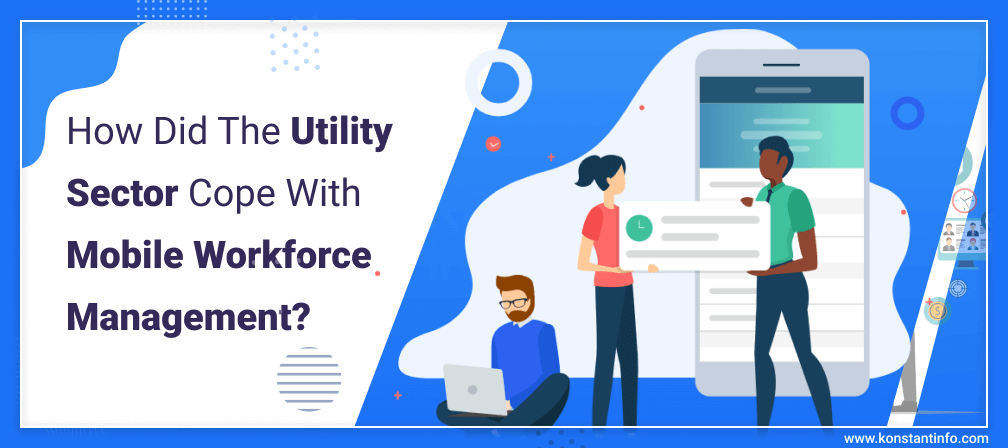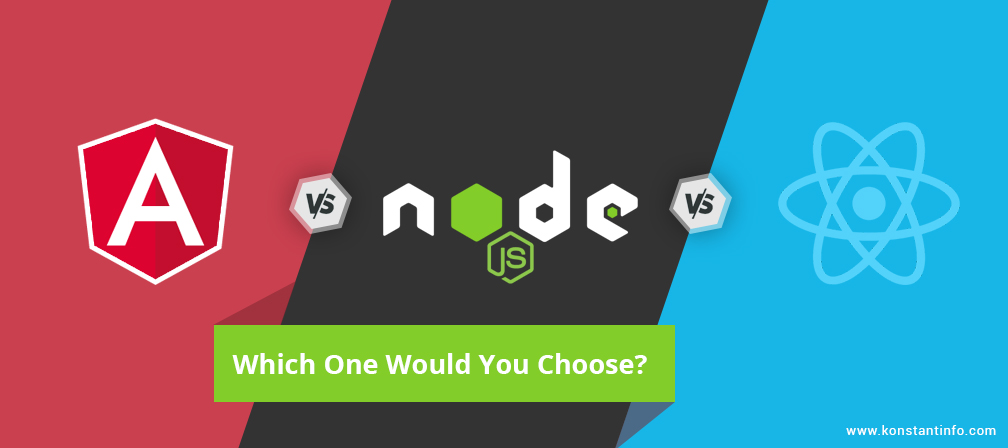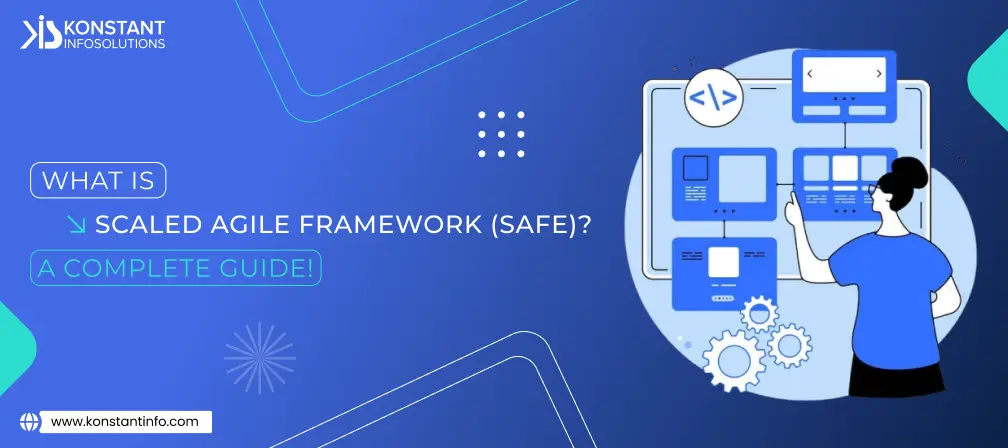
The uncertainty of the future is predictable with the digital lifestyle having a lasting impact on consumer behaviour. This will eventually propel the companies to embrace digital and virtual technologies into their business models. Going forward, Artificial Intelligence and Enterprise Analytics are going to be crucial in matching customer expectations of personalization and virtual engagement.
The digital trends in the utility industry have slowly progressed over several years to better engage with the customers, offering data-driven value through personalized communications. The energy usage patterns are shifting, coupled with field-based demand-side management (DSM) programs — which are aimed at creating greater energy efficiency. As more people stay at home, there is an immediate necessity for the utilities to accelerate digital adoption, engage through virtual out-reach and drive AI integration in a much faster way.
Total satisfaction experienced after consumption of a commodity/goods/service/facility can be called as a Utility (in Economics).
Main Utilities Include
For the most part, the Utility sector typically operates with large amounts of debt, due to the financing requirements for supporting infrastructure, making the value of their stock sensitive to fluctuations in interest rates. It consists of the stocks (Water + Gas + Electricity + Sewer + Internet + Telephone + Cable TV + Security Systems + Trash Collection etc.) involved with the delivery of electricity, gas, water and other related renewable and non-renewable resource services.
For Survival: Switching to Virtual Operations from Field Operations
Home energy audits are helping customers by making them achieve more from the available utilities, achieve greater energy savings. Companies have now started supporting utilities with AI solutions applied to smart meter data to extract energy consumption insights down to the individual appliance without requiring utility representatives to set foot in the home. Customers can access personalized energy-saving recommendations and rebate promotions through an online portal or speak remotely with an energy advisor to walk through the assessment and confirm the analysis.
Earlier, people used to purchase utilities and fixtures like LED lighting, showerheads, electric meter, plumbing devices, home automation, sweeping essentials through the local stores with applicable rebates (manually or in registers). With online shopping on the rise than ever before, customers get the digital rebate on their purchases through some ongoing discounts or cashback and this becomes one continuous process.
In conjunction with the appliance-focussed upgrades to energy-saving behavioural changes, conversations around utilities keep shifting their focus. As the manufacturing sector bore the brunt of the virus impact contracting and expanding simultaneously during the government imposed lockdowns, the industrial output is also expected to decline as many industries remain shut during this period. Even the partial ease in restriction in certain parts has not led to the resumption of activities to full capacity due to labour shortages. This is one of the industries that is hit by the effect of the pandemics.
Companies communicate via emails and in the form of monthly home energy reports and high bill alerts. This provides the customers with the information to better understand their energy usage. Any updates or modifications required can be picked up thereon. This eventually helps in making immediate changes to control their energy costs at home. AI-based digital-centric programs majorly focus on behaviour recommendations rather than transactions. This not only increases customer satisfaction but also enabled utilities to reach a larger chunk of the audience at a more cost-effective rate. This includes targeting lower base-load consumption users and low-income households (as these two demographics are most cost-burdened by economic downturns)
Half-Way Through: Utility Mobile Workforce Management analyzes the global market for mobile workforce management solutions in the utility sector providing an analysis of key drivers, workforce challenges and barriers to utility adoption.
As the demand for energy across the commercial sector drops during these uncertain times, the industry’s demand for energy consumption is to be rephrased. We need AI-powered data – that can be captured and evaluated by the utilities and can impact the grid, evening ramp cycles and overall customer interactions. We need our machines and more importantly the software to be digitally reliant, to be able to accurately predict the grid, to be able to dig deeper and extract an appliance-level insight that allows them to more accurately diagnose consumption patterns within individuals households. This can accurately be done by classifying the appliance usage and demographics to understand energy consumption during these uncertain times. With additional and precise insight into exactly how much energy each appliance uses, utilities can make more accurate grid upgrades. The expansion of smart meter deployments has provided more customer data to the utilities, transforming that data has always been a challenge for internal teams. They need to invest in an enterprise analytics platform and integrate with smart hardware to utilize the available resources efficiently.
MWM Solutions are undergoing significant transformations as utilities focus on mobility and digitization. The research teams of Utility Companies have been combining supply-side industry analysis, end-user primary research and demand assessment, and deep examination of technology trends to provide a comprehensive view of the Energy Technologies, Utility Transformations, Transportation Efficiencies, and Buildings Innovations sectors.
To maximize workflow efficiencies and operational performance, the Utilities Mobile Workforce Management provides an end-to-end enterprise solution in real-time, enabling utilities to achieve maximum control, visibility, and performance of field resources by allowing the businesses to monitor field crews and cutting down on waste. We have always seen that in bad times, the fundamental qualities and strengths of businesses shine through. The result is that although every company does badly, the good ones do less badly and recover better while their competitors just die out. This means that eventually, the crisis turns out to be good for companies that are much better run than their competitors. Customers seek personalization and convenience in all areas of their lives these days, but utilities are one of the lowest-performing industries for digital customer experience. Therefore, many companies have been transforming to build stronger relationships with customers and provide improved service. We see a ton of potential coming through and our developers are all-set for implementing further. Contact Us for details.



Neeti Kotia is a technology journalist who seeks to analyze the advancements and developments in technology that affect our everyday lives. Her articles primarily focus upon the business, social, cultural, and entertainment side of the technology sector.
Or send us an email at: [email protected]